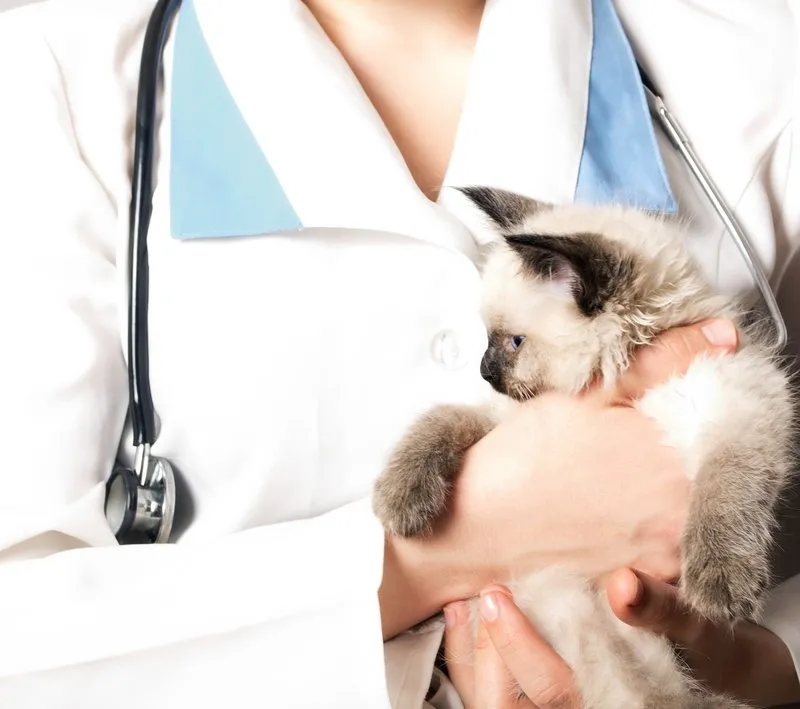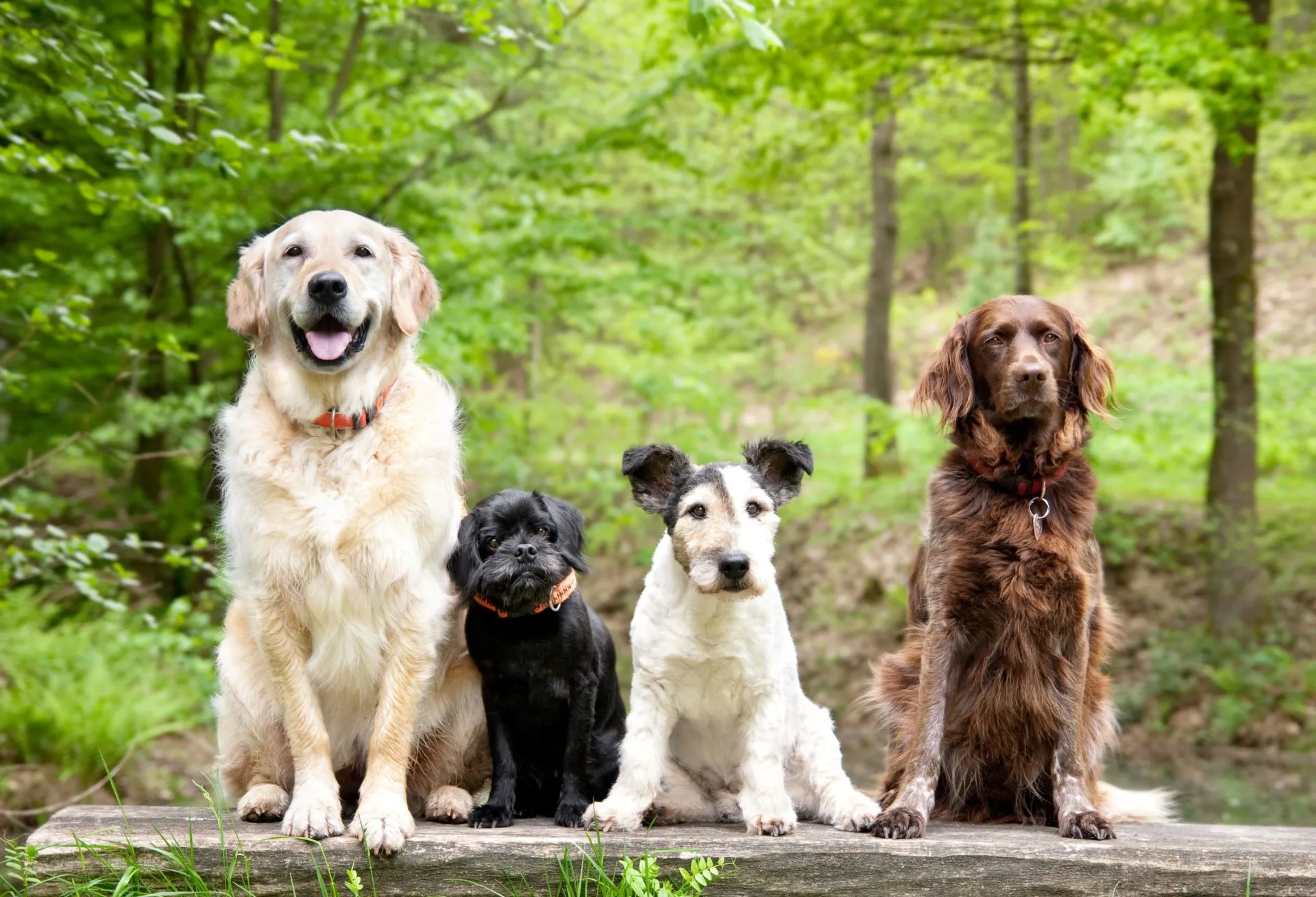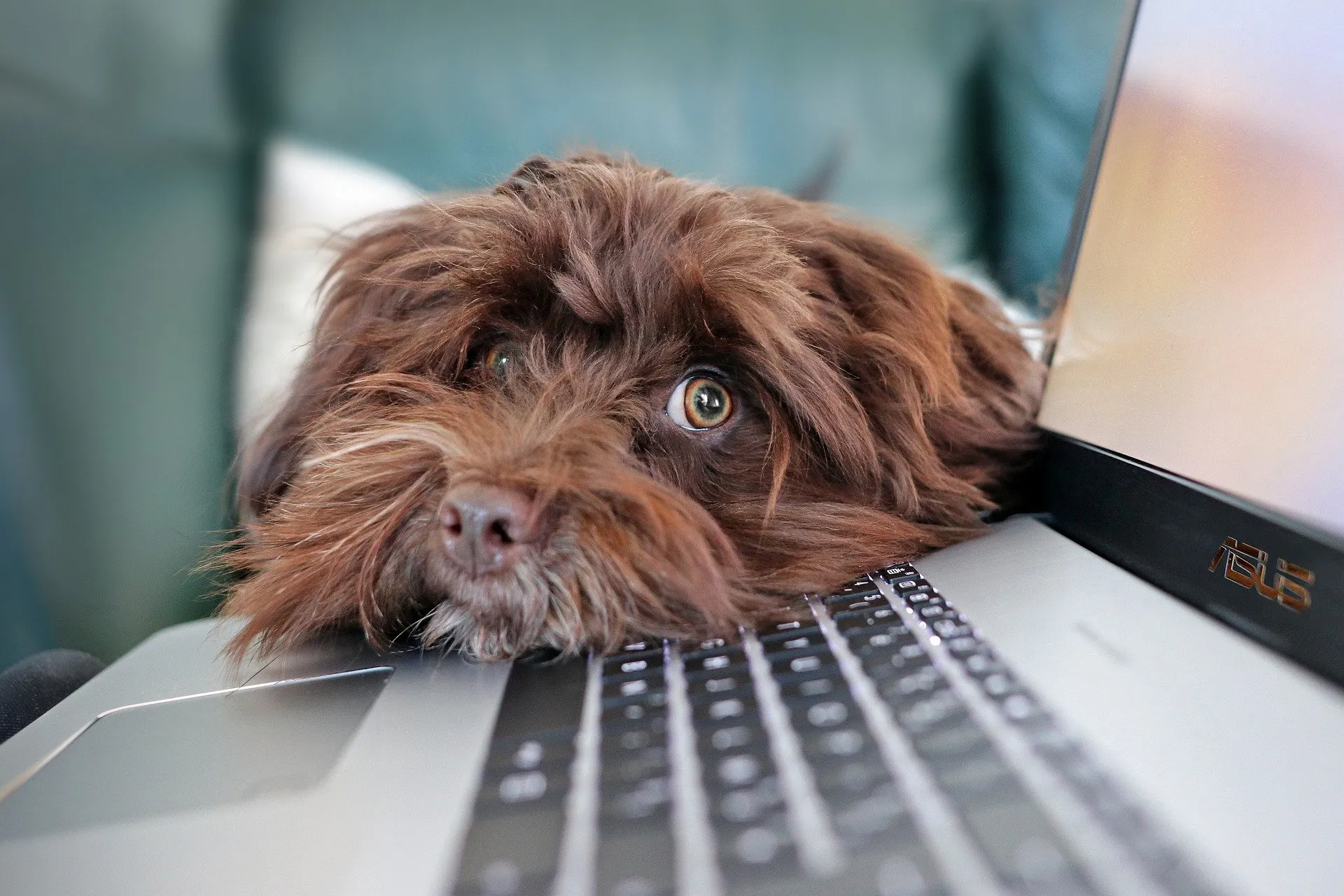One of the best things about cats is the fact that they are so clean. Fluffy will spend hours every day keeping her fur nice and pretty. However, some kitties do need a helping hand with their beauty rituals. A Roanoke, VA vet discusses taking your cat to the salon in this article.
Check Requirements Before First Appointment
Any reputable groomer is going to have questions and requirements. You will likely have to show proof that Fluffy is current on her vaccinations. Some places may only require rabies, while others may want proof that your pet is also protected from FVRCP (Feline Distemper) and/or FeLV (Feline Leukemia). If your furry pal has health issues and/or is immunocompromised, consult your vet and groomer before scheduling.
Fluffy’s Style
A good groomer will take time on that first appointment to look over Fluffy’s coat and skin, and then talk things over with you. They may give you an idea of how long the appointment will take, discuss cuts or styles, and, of course, go over price. Do you want your kitty to have a lion cut? This is the time to ask about it!
The Ride Over
Many cats are not very fond of car rides. It will help to make Fluffy’s carrier more comfortable. Add soft bedding and toys. Pet-calming products may also come in handy here. Finally, keep the radio playing softly.
Picking Fluffy Up
At pickup, your groomer may offer you any insight or observations about Fluffy and/or the appointment. They may also recommend a grooming schedule, or perhaps a different cut or procedure. You will also want to look your pet over. Make sure that her coat is clean. If the cut isn’t what you wanted, this is the time to mention it.
Keep in mind that cats are just better about being groomed than others. This is normal. However, if your kitty had a complete meltdown, you may want to look at other options.
Getting Home Again
Once you get home, don’t be surprised if Fluffy withdraws to try and clean her fur her way. She may also lick herself, and may want a nap before she’s ready to cuddle. This is normal. However, if she is limping, feverish, or otherwise acting unusual, call your vet immediately.
Our Advice on Taking Fluffy to the Groomer in 2024
Before taking your cat to the groomer, what are the key things to consider?
Before taking a cat to the groomer, it’s essential to ensure they are up-to-date on vaccinations, particularly rabies, FVRCP (Feline Distemper), and possibly FeLV (Feline Leukemia), as many groomers require proof. Understanding your cat’s health status, especially if they have any conditions or are immunocompromised, is crucial; consulting with a veterinarian beforehand can provide tailored advice. Additionally, familiarizing the cat with their carrier and considering the use of pet-calming products can make the journey less stressful. Finally, discussing specific grooming needs and expectations with the groomer can help achieve the desired outcome for your feline friend.
What are some tips for making a cat’s car ride to the groomer more comfortable?
Ensure their carrier is inviting to make a cat’s car ride to the groomer more comfortable. Place soft bedding inside, familiar toys, or a piece of clothing with the owner’s scent for comfort. Introduce the airline well before the trip, allowing the cat to explore it at their own pace. On the appointment day, maintain calm to help soothe nerves. Using pet-calming sprays or pheromone diffusers can also reduce stress. Keeping the car environment quiet and avoiding loud music helps, as does covering the carrier with a light blanket to create a sense of security and minimize visual stimuli.
What are normal behaviors for a cat after returning home from grooming?
After returning home from grooming, it’s normal for cats to exhibit behaviors aimed at reclaiming their scent and comfort. They may extensively groom themselves to redistribute their natural oils and restore their familiar scent. Some cats might hide or seek solitude to process the experience, especially if they feel stressed or overwhelmed. It’s also common for cats to nap more than usual as they recover from the outing stress. These behaviors are typically short-lived, with most cats resuming their regular activities and temperament within a day or two.
How should a cat owner respond if their cat exhibits signs of distress or discomfort after grooming?
If a cat shows signs of distress or discomfort after grooming, the owner should first calmly assess the situation, looking for specific issues such as cuts, rashes, or irritation. Providing a quiet, comfortable space for the cat to relax and recover is essential. Offering favorite toys or treats can also help soothe them. If signs of discomfort persist or if there are visible injuries, consulting a veterinarian is crucial to rule out any serious issues. Open communication with the groomer about the cat’s reaction can help prevent future stress, ensuring adjustments are made for next time.
What might indicate that a cat is not well-suited for professional grooming?
A cat may not be well-suited for professional grooming if it consistently shows extreme fear, aggression, or stress during appointments, such as hissing, scratching, or attempting to escape. Cats with certain medical conditions or who are elderly and frail might also find the grooming process too stressful. Additionally, cats that experience prolonged recovery after grooming, including hiding, decreased appetite, or altered behavior for days, may not be good candidates. In such cases, seeking alternative grooming methods that can be performed at home or consulting with a veterinarian for advice might be more appropriate.
As your Roanoke, VA veterinary clinic, we’re here to help! Call us today!



